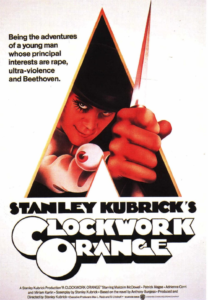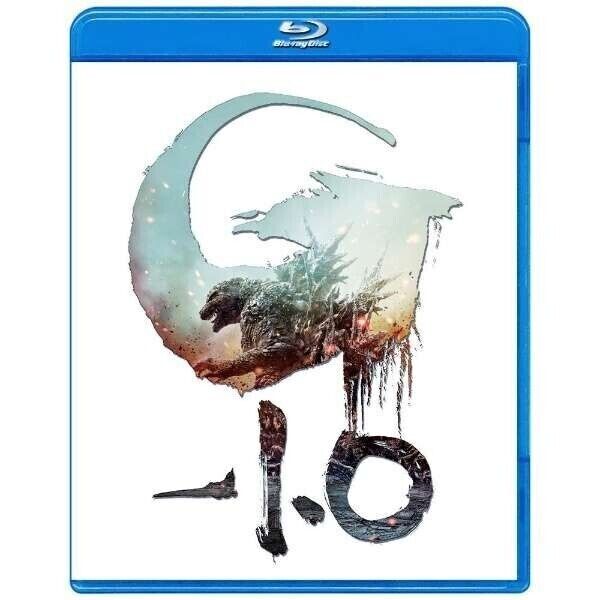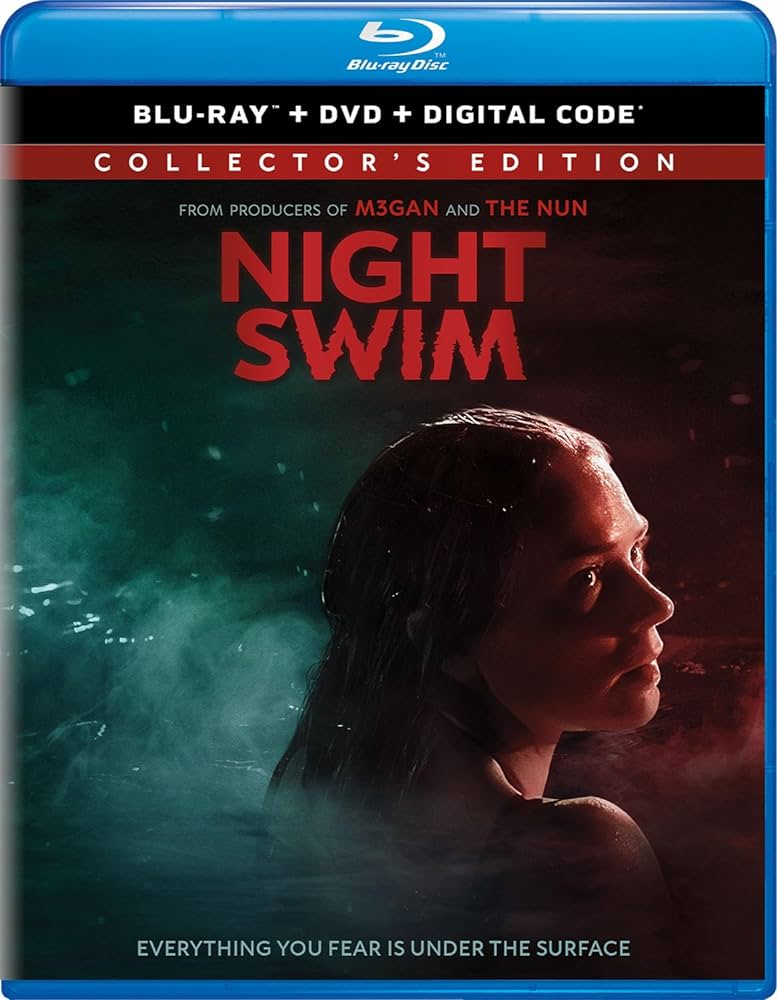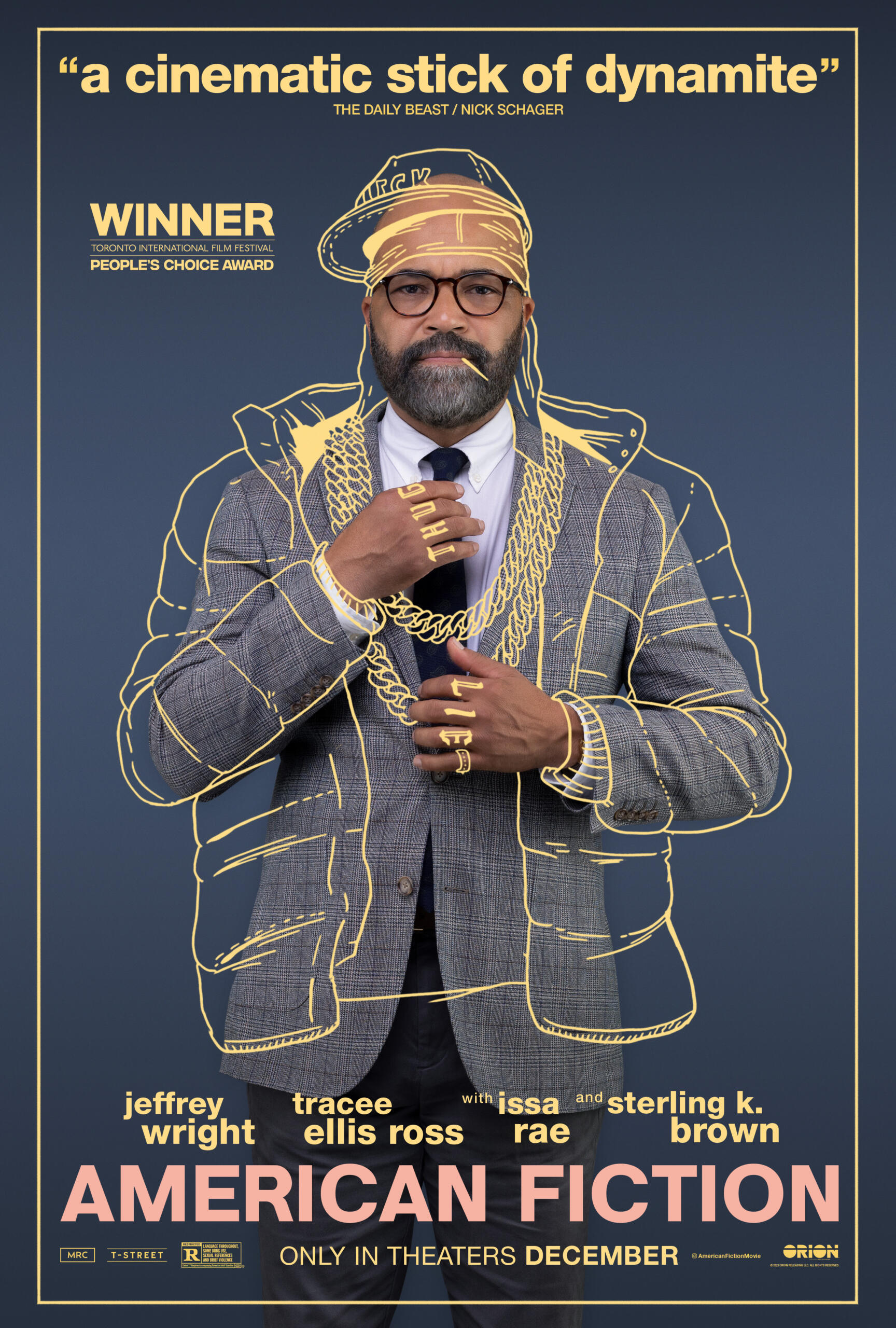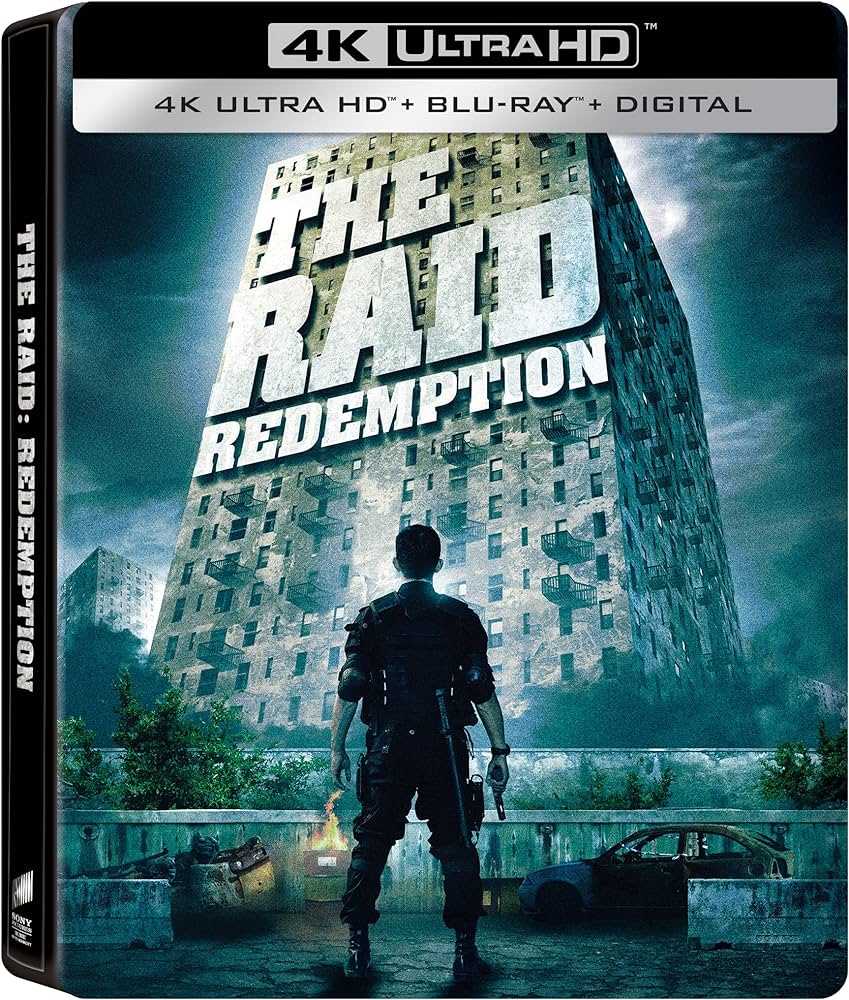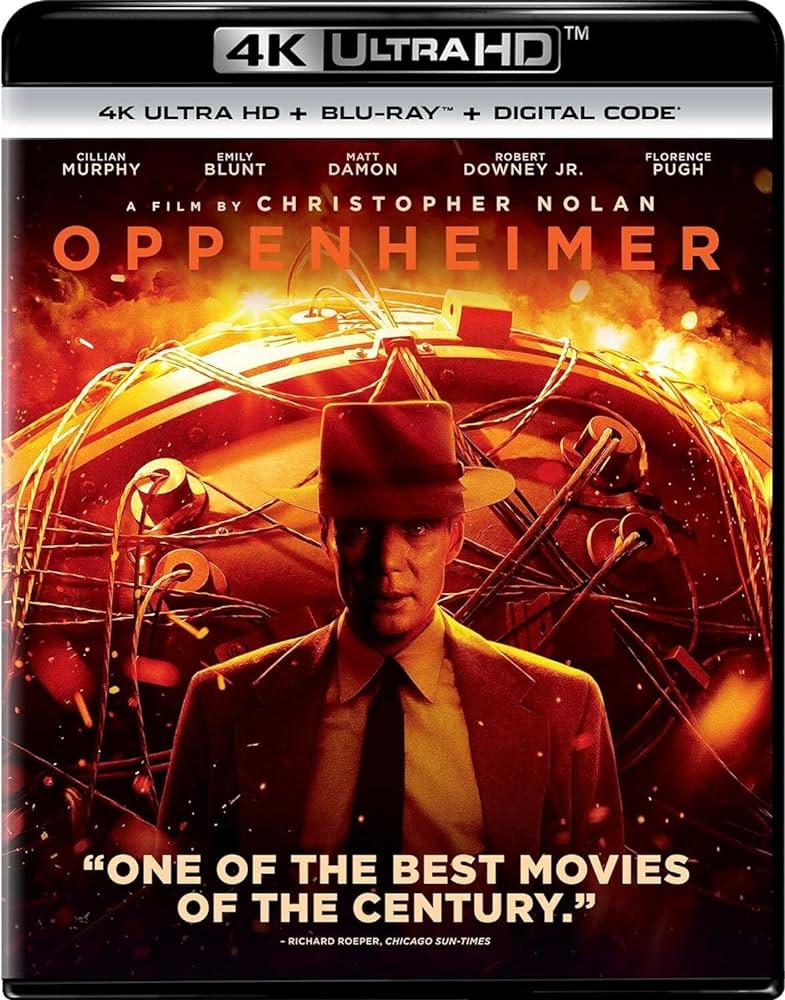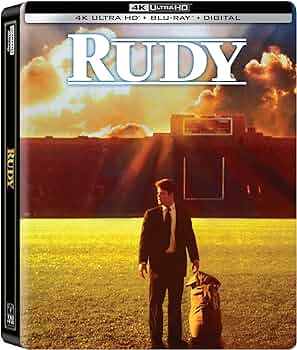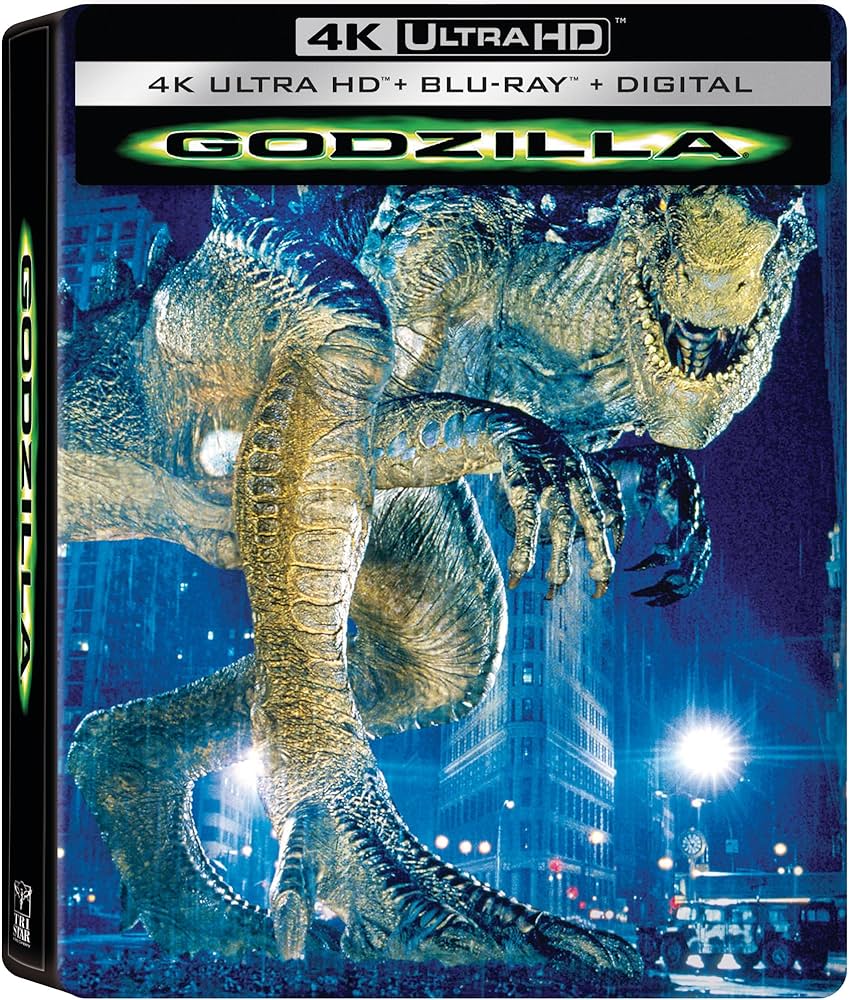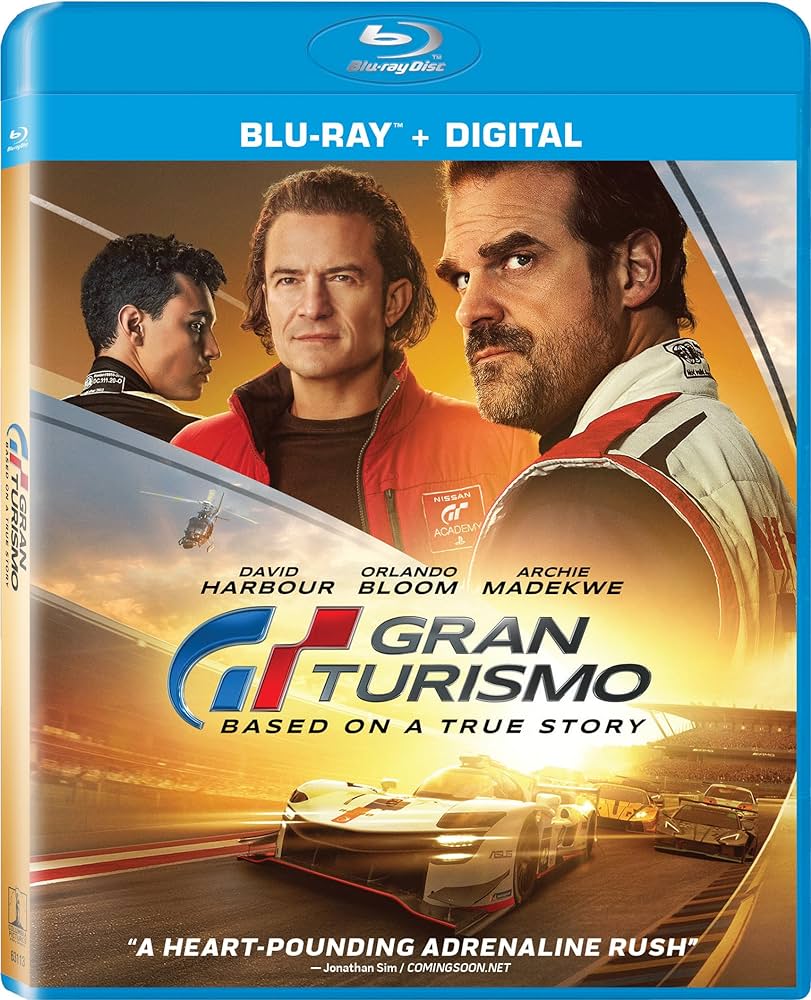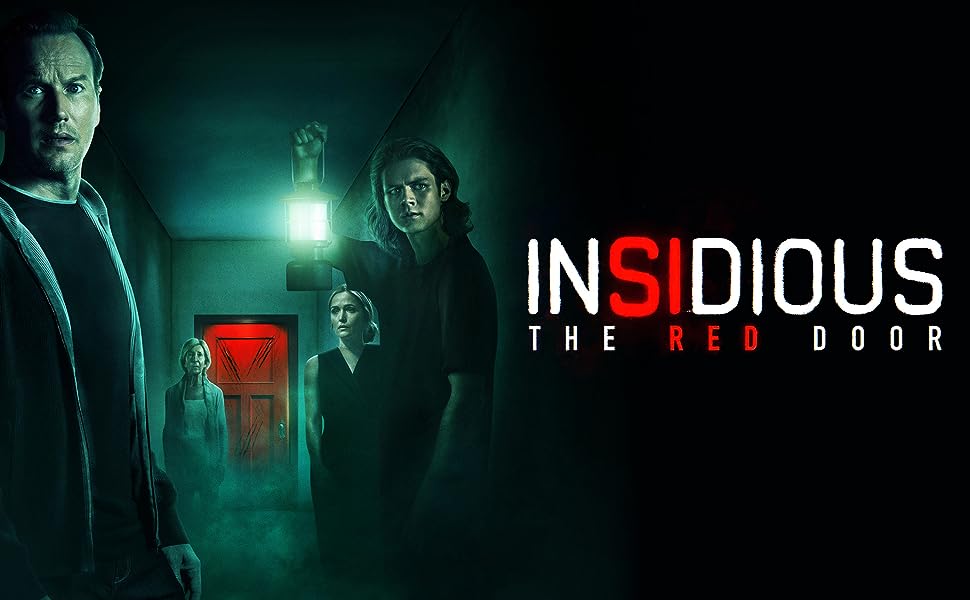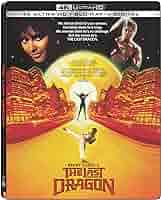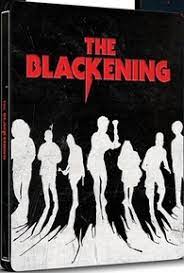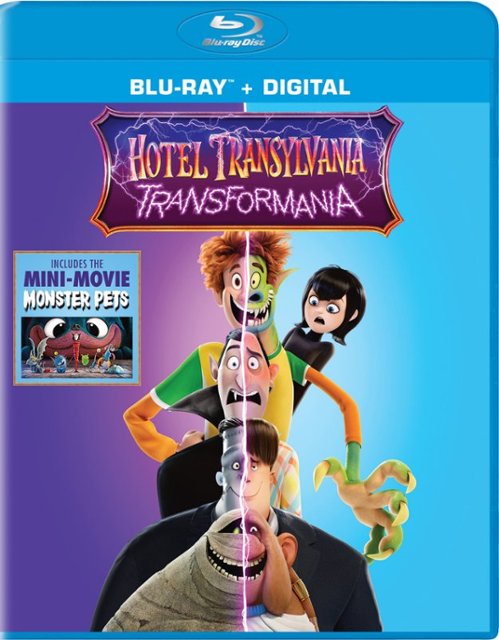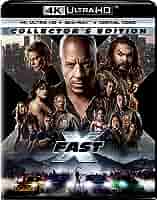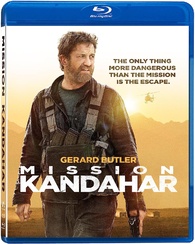Godzilla Minus One has become a genuine phenomenon even in America, where it quickly became the highest-grossing Japanese language film of all time. That’s impressive by any metric, especially for the 30th live action installment in a seventy-year-old franchise. While Godzilla movies can be a little divisive, with everyone having their own favorites, the reaction to Godzilla Minus One has been uniformly positive. It’s been something of a revelation to many people, which is interesting considering that it’s undeniably derivative of all the films that came before it. The genius of writer/director Takashi Yamazaki is that he took all those familiar elements and combined them in a way that manages to feel fresh, even to hardened fans of the franchise. It’s more of a refinement than a revelation, and where Godzilla Minus One really shines is in its execution rather than its conception. Yet the key to making all of that work is still a conceptual choice on the part of Toho and Yamazaki.
When Toho rebooted the entire franchise in 1984 with The Return of Godzilla, it did so by effectively erasing all of the Shōwa era sequels and offering a direct sequel to the 1954 Godzilla instead. The rest of the Heisei era films followed that new continuity. When Toho performed another reboot with Godzilla 2000, they once again reset everything that happened after 1954, and for a time they did that with every Millennium film that followed suit (up until Godzilla: Tokyo S.O.S., anyway, which was a direct sequel to Godzilla Against Mechagodzilla.) That offered a bit more freedom for filmmakers to pursue the stories that interested them the most—all under Toho’s watchful eye, of course. Yet when Hideaki Anno launched what would become known as the Reiwa era series with Shin Godzilla, he took the more radical step of not just disregarding all of the previous continuities, but the 1954 original as well. This new Godzilla represented the re-imagined first appearance of the King of Monsters, offering the opportunity to once again show the reaction of the Japanese people to a previously unheard-of threat. Anno also crafted the most radical alteration to Godzilla’s origins since Godzilla, Mothra, and King Ghidorah: Giant Monsters All-Out Attack.
Godzilla Minus One does something similar to Shin Godzilla, but by taking the additional step of a giant leap backwards before 1954. It’s another standalone origin story, yet it still honors the films that preceded it in a way that Anno’s film didn’t. In a nutshell, Godzilla Minus One is the 1954 Godzilla mixed with Godzilla vs. King Ghidorah mixed with Godzilla vs. Destroyah mixed with Giant Monsters All-Out Attack mixed with an inversion of Giant Monsters All-Out Attack. To elaborate slightly: it’s the basic setting of the original Godzilla mixed with the retconned origin story of King Ghidorah mixed with the pissed-off Godzilla of Destroyah mixed with the “Japan dealing with the ghosts of what it did during WWII” of GMK mixed with an individual dealing with the ghost of what he actually didn’t do during WWII. Whew. (It even throws in a generous dose of Jaws for good measure.)
Appropriately enough, Yamazaki’s script for Godzilla Minus One opens on the fictional Odo Island, although this particular version of it has more in common with the Lagos Island of Godzilla vs. King Ghidorah. Kōichi Shikishima (Ryunosuke Kamiki) is a kamikaze pilot who puts his plane down at a repair base on Odo Island in the waning days of World War II, ostensibly because of mechanical issues, but the reality is that he can’t go through with his mission. While he’s there, the island is attacked by a small proto-Godzilla, leaving everyone at the base dead except for Shikishima and the lead mechanic Tachibana (Munetaka Aoki). Both of them end up scarred from the attack in very different ways, with Tachibana resenting Shikishima for once again failing to act. After the war ends, Shikishima ends up working on a civilian minesweeper to clear out both the Axis and the Allied mines that fill the waters around Tokyo. It’s a dangerous job, but he’s suffering from survivor’s guilt, and he feels compelled to work in order to support the woman who he lives with (Minami Hamabe) and the orphaned child that they’ve both unofficially adopted. When the U.S. nuclear testing at the Bikini Atoll reawakens and mutates Godzilla, the larger and much more powerful monster sets course for the mainland. That sets Shikishima and Tachibana on a collision course with each other once again, but this time, Shikishima will finally have to exorcise his own demons once and for all.
The way that everything resolves is predictable enough, with any potential twists being telegraphed well in advance (literally so, in one case). Again, though, it’s all about the execution. While there’s still a bit of humor in Godzilla Minus One, Yamazaki chose to eschew most of the sillier and more fantastical elements of past films in order to focus on the horrific nature of the beast (so to speak). The stakes are high, the casualties are enormous, and this particular iteration of Godzilla is playing for keeps. It’s not quite the avenging angel of Giant Monsters All-Out Attack, and Godzilla isn’t being driven by the pain of an internal meltdown like in Destroyah, but this is still one mean green mother from inner space. It’s the living embodiment of pure rage.
That appears to be the primary element of Godzilla Minus One that audiences are responding to the most: Yamazaki managed to make Godzilla scary again. That’s no mean feat, but he also muddied up the thematic waters a bit in the process. As ham-handed as Shikishima’s redemption arc may be, Godzilla ends up being a bit more enigmatic. While Operation Crossroads is still at least partly responsible for Godzilla’s (re)birth, the nuclear metaphors from Honda’s Godzilla are missing here. So are the Fukushima metaphors from Shin Godzilla, as well as the ghosts of WWII from Giant Monsters All-Out Attack. Godzilla doesn’t really represent anything in Godzilla Minus One other than perhaps a manifestation of Shikishima’s guilt, but that’s a heavy burden for an entire nation to bear on his behalf, so the metaphor becomes a bit strained. The reality is that some monsters just want to watch the world burn.
Not that there’s anything wrong with that, of course. Godzilla has proven remarkably resilient over the decades, changing with the times, and no one version of the King of Monsters can truly be considered definitive. Godzilla Minus One’s rendition is memorably malicious, and that’s good enough. Yamazaki staged some remarkable set pieces in support of that, including the Jaws-inspired minesweeper chase that’s already become the stuff of legend—it’s legitimately one of the best sequences in the entire history of the Godzilla franchise. Proving, of course, that it’s all about the execution. Still, that execution is far from perfect in Godzilla Minus One. The digital Godzilla works reasonably well despite the limited means at Yamazaki’s disposal, but there are still a few weak spots like an awkward hitch in the walk cycle and some other animation that doesn’t scale well. There are also a few moments during the finale that strain suspension of disbelief past the breaking point, especially when a logistical nightmare that would have taken all day to execute is dispatched in a split second by a single jump cut (all while Godzilla sits beneath the waves, patiently waiting for everyone to finish). Yamazaki is guilty of exploiting a few too many narrative conveniences in order to keep the story moving, and he does rob some of the suspense by telegraphing the twists too far in advance. Those are minor quibbles, though. Godzilla fans are a tolerant lot (Roland Emmerich’s American remake notwithstanding), and they’ve grudgingly accepted a lot of worse things over the decades. Yet many of them have still longed for a darker, more serious take on the material, and Yamazaki delivered that in spades. There’s a damned good reason why Godzilla Minus One has struck such a chord worldwide: imperfect as it may be, it’s still the best representation of the Godzilla that many fans have wanted but rarely received prior to this.
While Godzilla Minus One was eventually re-released in a black-and-white version (more on that later), it’s important to remember that it was conceived of and shot as a color film, albeit one with a muted color palette. It’s not really desaturated to any significant extent, however; it’s just that the costuming and production design favors grays, browns, and dark blues. The opening shots of Shikishima landing on Odo Island look much richer, with the green grass and the deep blue of the ocean providing more visual variety, but once Godzilla makes his first appearance, greens, reds, and even whites are at a kept at a minimum for the rest of the film. Yet those intentionally drab colors are still offset by the warm hues of the flesh tones—the environmental details of Godzilla Minus One may appear bleak, but the people don’t. Browns may dominate, but there’s a wide variety of shades of brown on display. In other words, there’s still plenty of depth to the colors, just not much breadth, and that look has been replicated perfectly in this HDR grade.
Primary audio is offered in Japanese Dolby Atmos, with optional Japanese barrier-free subtitles (which is the Japanese equivalent of SDH). It’s a wildly aggressive and highly immersive mix, and it’s not shy about advertising the fact that it’s Atmos during the opening shot when Shikishima’s plane passes over the camera and through the overhead channels. There are plenty of subtle environmental effects that also provide envelopment, like the way that rain dripping on the roofs can be heard above the viewer. Yet it’s some of the panning effects that are the most interesting. When Shikishima gets back into his plane and freezes while Godzilla passes by to the left, the sound of the monster’s growling can be heard panning overhead from the front left height channel to the rear left one, as if you’re sitting in the cockpit with him. The death and destruction that follows offers plenty of channel engagement and dynamic impact. Most of that happens in just the first few minutes of Godzilla Minus One, but it sets the stage for what follows for the rest of the film. It’s consistently immersive and exciting from beginning to end. The ambient score by Naoki Satō tends to get buried in the mix sometimes, although it’s still effective, but Akira Ifukube’s legendary fanfare and march are both front and center when they make their inevitable appearances. (There’s even a snippet of the Island theme from King Kong vs. Godzilla at one point.) The only minor disappointment is that the bass doesn’t dig as deep as it could, but there’s still enough of a low end to provide some appropriate rumble whenever Godzilla is on the rampage. That minor caveat aside, this is still a reference-quality Atmos track.
Toho’s Region-Free 4K Ultra HD release of Godzilla Minus One is a four-disc set that includes a Blu-ray with a 1080p copy of the original film, a second Blu-ray with the Minus Color re-release version, and a third Blu-ray with the bulk of the extras. They’re packaged in a fold-out case that displays a different spread of Big G on each side, doing what he does best: leveling a city. It also includes two different booklets, the first of which offers production photographs, promotional materials, and multiple essays. The second booklet is a mock vintage “Special Disaster Countermeasures” handout, showing off the various plans for dealing with a potential appearance by Godzilla. (The maps and some of the diagrams are re-creations of the ones that are seen in Godzilla Minus One.) Everything is housed inside an embossed hard keep case that’s genuinely striking—even the most ardent complainers about cover art will be at a loss for words when they get their hands on this one. Depending on which version that you order, there may be a variety of swag items included as well, like stickers, art cards, and other tchotchkes. (In addition, there’s also a Steelbook option.) I had to personally order my copy from China.
Per standard Toho policy, neither the film nor any of the extras offer English subtitles. That’s not necessarily an insurmountable obstacle, however. Some players like the Oppo UDP-203 and UDP-205 offer the ability to load external subtitles. You’ll have to do a little Googling to see if your particular player does so as well. If it can, all you need to do is take the English subtitle file (with an .srt extension), rename it “sub.srt,” create a folder on a USB drive called “sub,” and place the file in that folder. Insert the drive into the USB port on your player, then when playing the disc, use the subtitle button on your remote to select “other,” and Bob’s your uncle. You may have to adjust the sync to get it to line up properly. On the Oppos, that’s accessible using the Option button. However Netflix does indeed stream a copy with English dub!
While there hasn’t been an official announcement regarding a North American release as of my review, it’s always possible that a domestic 4K set could include Godzilla Minus One on UHD as well, but that’s still up to Toho. If they only produced a Blu-ray master for their Japanese release, that may well be what they provide to a domestic licensee. Time will tell. In any event, it’s unlikely that all of these extras will be ported over, so hardcore G-fans will probably still want to pick up this set and then double dip later. It’s a fantastic release that’s worth owning. Not cheap, of course, but still worth the investment for anyone who has a player that can load external subtitles. It’s the best set that Toho has ever produced for any of their Godzilla films, and it gets the highest possible recommendation from me.
Movie ⭐️ ⭐️⭐️⭐️⭐️ (5/5)
Extras ⭐️⭐️⭐️⭐️⭐️ (5/5)
Sound ⭐️⭐️⭐️⭐️ (4/5)
